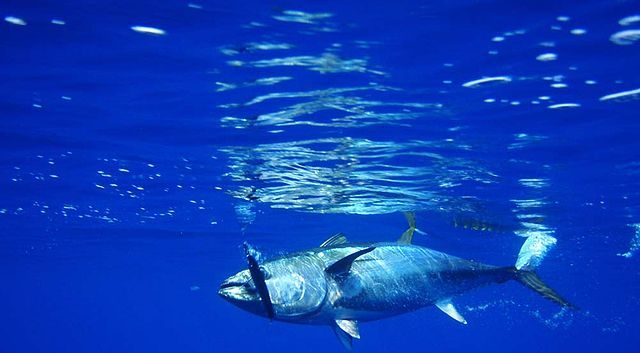While renewing its exclusive access to south Pacific tuna fisheries, the US Congress was from April 8, 2024 considering $600 million in assistance to the South Pacific Tuna Treaty.
If the finances come through, they will nearly triple United States’ yearly contribution to the treaty, to $60 million.
The funds will be utilized between 2024 and 2034 to help American islands such as Hawaii increase their tuna production.
According to Manu Tupou-Roosen, the Director General of Pacific Island Forum Fisheries Agency (FFA), this agreement will also help fight illegal fishing. He said this in a statement on the sidelines of the new Memorandum of Understanding (MoU) of the treaty.
On his part, the U.S. State Department Assistant Secretary Daniel Kritenbrink praised the treaty as a “cornerstone” of regional economic partnership.
Important Source of U.S. Tuna
The south Pacific is an important fishery for the U.S., as it abounds with yellowfin and albacore tuna species. Hence, the United States signed a treaty in 1988 with 16 Pacific countries and islands, from Fiji to Australia, for exclusive fishing rights.
In 2022, the U.S.’ territories of Hawaii, American Samoa and Guam partly accounted for some $860,000 derived from Pacific skipjack tuna catches.
Renewed Interest in Fishing
The renewal of the treaty, inclusive of financial assistance, will recoup the interest in the fisheries of the region by fishing companies.
In July 2019, for instance, the South Pacific Tuna Corporation reported a reduction of its purse seine fishing boats by 50%. This was in protest of the lack of ratification by the U.S. of the then 3-decade old treaty.
The U.S. fishes in the South Pacific through the purse seine method, which employs a long line with a deep sea net. Because it angles fish only when they are in large schools, the method helps to maintain sustainability in the seas.
Thus, with the recent ratification of an extra 10 years into the treaty, the U.S. and Pacific countries are showing sustainability commitment.
